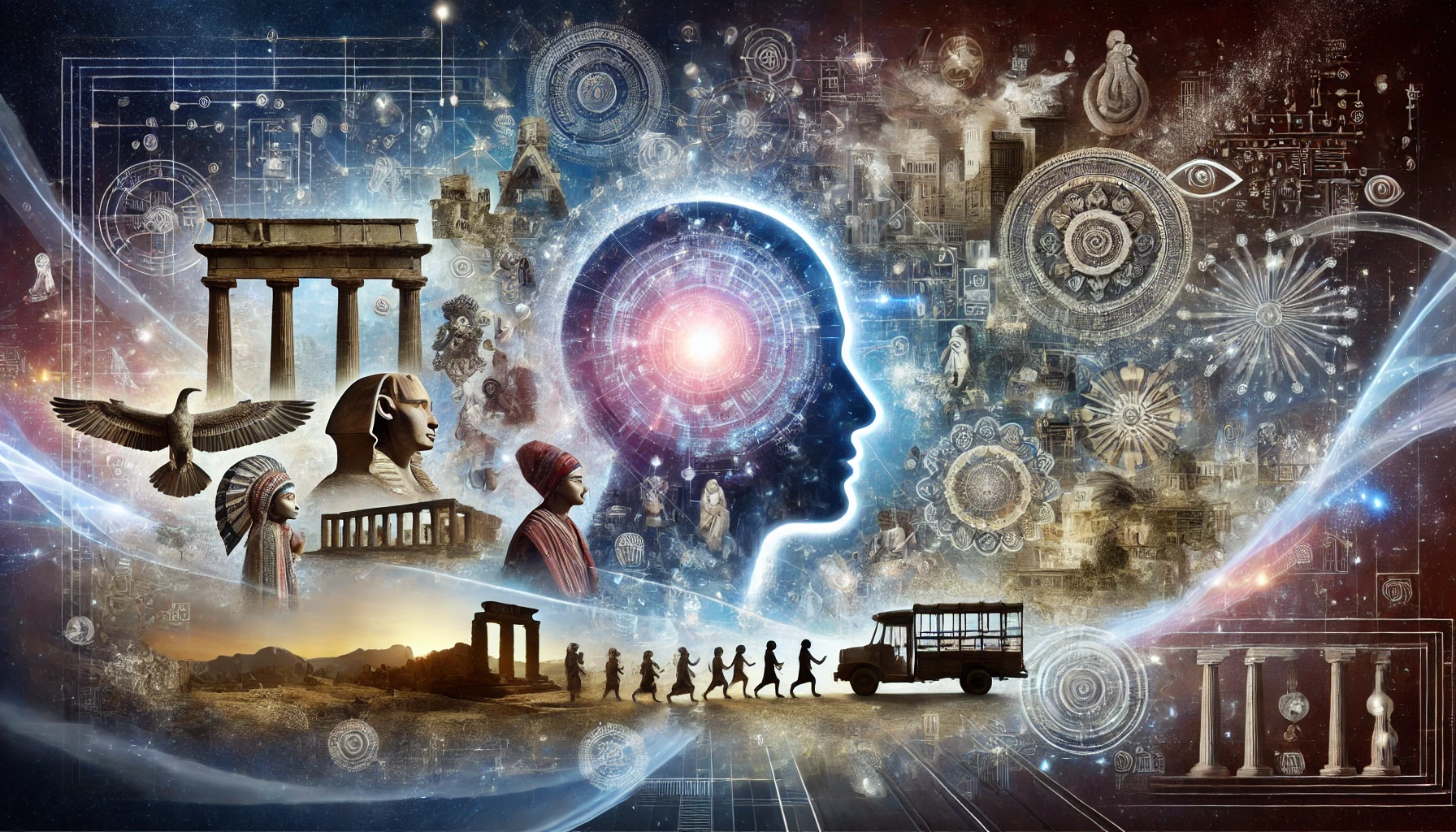“Mıllıeyt” is a term rich in cultural significance, representing the collective identity of various communities around the world. It encompasses language, customs, traditions, and folklore that bind people together, creating a sense of belonging. As we explore the concept of “Mıllıeyt,” we will delve into its historical context, regional variations, personal stories, future prospects, and its role in education. Through this journey, we can appreciate the beauty and complexity of “Mıllıeyt.”
Historical Context and Evolution of Mıllıeyt
The origins of “Mıllıeyt” can be traced back to ancient civilizations. Early societies developed their identities based on shared languages, traditions, and geographic locations. In Mesopotamia, for instance, cultural narratives and social structures were shaped by “Mıllıeyt.” As civilizations grew, so did the complexity of their identities.
The Impact of Historical Events
Throughout history, the concept of “Mıllıeyt” has evolved. The rise and fall of empires, migrations, and cultural exchanges have influenced its meaning and significance. For example, the Silk Road facilitated the movement of ideas and traditions, allowing “Mıllıeyt” to flourish across continents. As communities interacted, they adopted elements of each other’s cultures, leading to a rich tapestry of shared identities.
Regional Variations of Mıllıeyt
“Mıllıeyt” manifests differently in various regions. Each culture has its unique interpretation and expression of this concept.
Middle Eastern Perspectives
In the Middle East, “Mıllıeyt” is often tied to language and religious practices. It is a source of pride and unity among diverse groups, as they share common narratives and historical experiences.
Southeast Asian Expressions
In contrast, “Mıllıeyt” in Southeast Asia may focus on customs and artistic expressions. Festivals, music, and dance play a crucial role in reinforcing cultural identity. Here, “Mıllıeyt” serves not only as a means of expression but also as a way to transmit knowledge and values to future generations.
Understanding these regional variations is essential to appreciating the full scope of “Mıllıeyt.” By recognizing the unique aspects of each culture, we can foster greater empathy and respect for diverse identities.
Personal Stories and Testimonials
Personal narratives bring the concept of “Mıllıeyt” to life. Many individuals share how their cultural heritage has shaped their identities.
Connecting Through Tradition
For example, a young woman from a small village in Turkey might recount how traditional music and dance connect her to her ancestors. These practices instill a sense of pride and continuity in her life.
Navigating Dual Identities
Another individual may describe how moving to a new country has influenced their understanding of “Mıllıeyt.” They might share their experiences navigating between different cultures and finding a balance between their heritage and their new environment. Such stories illustrate the dynamic nature of “Mıllıeyt” and its relevance in contemporary society.
Future of Mıllıeyt
As the world becomes more interconnected, the future of “Mıllıeyt” is both promising and challenging. Globalization has created opportunities for cultural exchange and collaboration. However, it has also raised concerns about the dilution of cultural identities.
Opportunities for Cultural Fusion
One potential outcome is the fusion of various “Mıllıeyt” elements into new forms of expression. For instance, artists may blend traditional motifs with modern aesthetics, creating a unique cultural synthesis. This evolution allows “Mıllıeyt” to remain relevant while celebrating its roots.
Navigating Challenges
On the other hand, challenges persist. The rapid pace of change may lead to cultural appropriation, where elements of “Mıllıeyt” are used without proper understanding or respect. It is crucial to navigate these dynamics with sensitivity and awareness.
Mıllıeyt in Education
Education plays a vital role in promoting understanding and appreciation of “Mıllıeyt.” By incorporating cultural studies into curricula, schools can help students develop empathy and respect for diverse identities.
Integrating Cultural Studies
Teaching about “Mıllıeyt” fosters a sense of belonging and helps students connect with their heritage. Curricula that include cultural history and practices can enhance students’ understanding of their own identities and those of others.
Cultural Exchange Programs
Cultural exchange programs are another effective way to promote “Mıllıeyt.” These initiatives allow students to engage with peers from different backgrounds, deepening their understanding of various cultures. Through shared experiences, young people can learn the value of diversity and the importance of preserving cultural legacies.
Conclusion
In conclusion, “Mıllıeyt” is a multifaceted concept that reflects the rich tapestry of human identity. Its historical context, regional variations, and personal stories demonstrate its significance in our lives. As we move forward, it is essential to celebrate and preserve “Mıllıeyt,” ensuring that it remains a source of pride and connection for future generations.
Through education and cultural exchange, we can foster a deeper understanding of “Mıllıeyt,” promoting empathy and respect among diverse communities. As we explore this concept, let us honor the beauty of our differences and the shared experiences that unite us all.
FAQs
What does “Mıllıeyt” mean?
“Mıllıeyt” encompasses various components of a group’s collective identity, including language, customs, traditions, and folklore.
Where did the concept of “Mıllıeyt” originate?
The concept of “Mıllıeyt” can be traced back to ancient civilizations, where it shaped social structures based on linguistic, cultural, and geographic characteristics.
How has “Mıllıeyt” evolved over time?
“Mıllıeyt” has evolved with societal advancements and interactions, influenced by conquests, migrations, and cultural exchanges.
Why is “Mıllıeyt” relevant in the modern world?
In today’s globally interconnected world, “Mıllıeyt” transcends national boundaries, resonating with diverse populations and facing challenges from rapid socioeconomic changes.
What are some challenges associated with “Mıllıeyt”?
Challenges include misconceptions, stereotypes, cultural hegemony, and political objectives that obscure its true meaning and contributions to global cultural heritage.
How can misconceptions about “Mıllıeyt” be addressed?
Misconceptions can be addressed through education, intercultural dialogue, and inclusive policies at both local and global levels.
What initiatives promote understanding and appreciation of “Mıllıeyt”?
Educational initiatives and cultural exchange programs play crucial roles in fostering an appreciation of “Mıllıeyt” and promoting mutual understanding among diverse populations.


